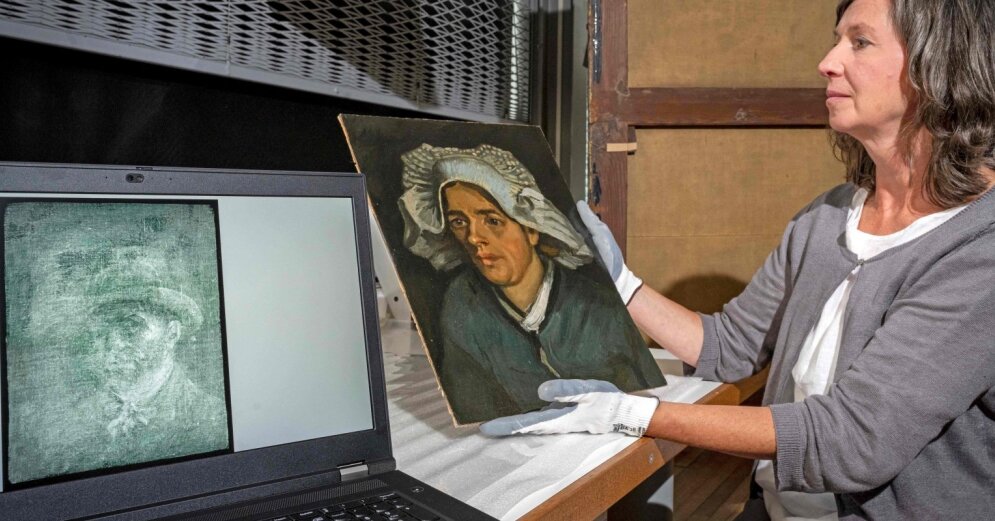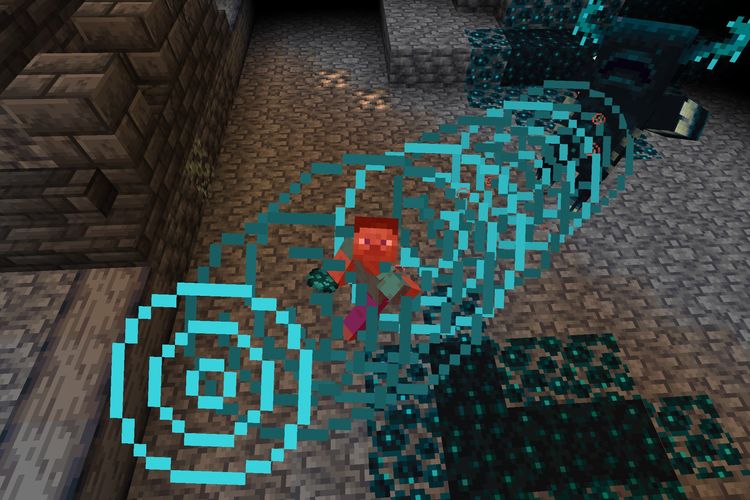A previously unknown self-portrait of the artist has been found under the famous Dutch painter Vincent van Gogh’s “Head of a Peasant Woman”, which is in the collection of the National Gallery of Scotland, writes “BBC”. The discovery was made when museum specialists were examining the canvas with X-rays before the upcoming exhibition.


